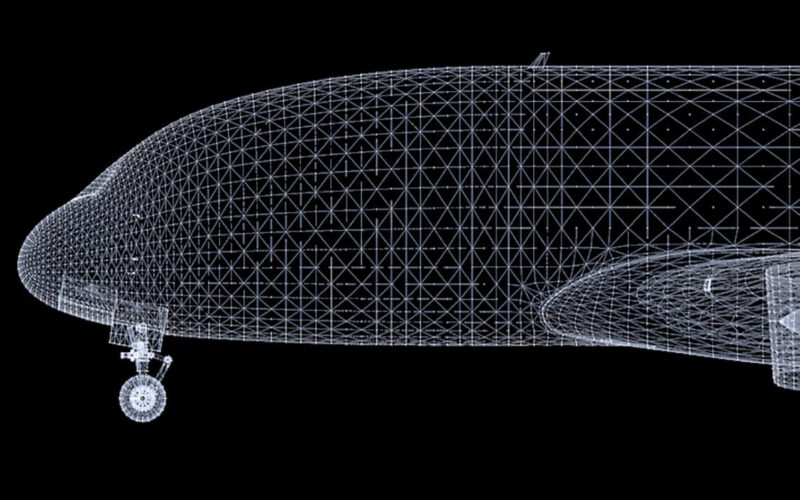The Moscow Central Aerohydrodynamic Institute (TsAGI) in Russia completed another testing stage of a semi-model of a low-noise short-haul aircraft (BMS) project, according to the announcement dated August 25, 2021.
TsAGI completed a detailed analysis of the left wing, engine, and left half of the fuselage of a short-range regional low-noise aircraft model BMS. During the recent testing stage, specialists were analysing the ways to increase laminar flow and revised the wing design.
During testing, they installed the vortex generator in various positions on the fuselage until finding an optimal place for the device. This helped to increase the coefficient of maximum lift by 5%, according to the statement.
Along with finding an appropriate location for the generator, to increase the model‘s efficiency, TsAGI tested the high-lift mechanisms of the wing’s leading edge.
The head of the aircraft and missile aerodynamics department Anatoly Bolsunovsky said that testing helped to determine “a solid scientific and technical groundwork, which could be used in the practical design of [the aircraft]”, whose overwing-engine configuration could minimize the noise engine makes.

